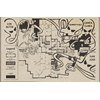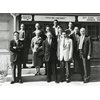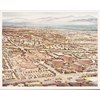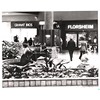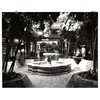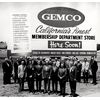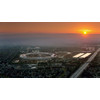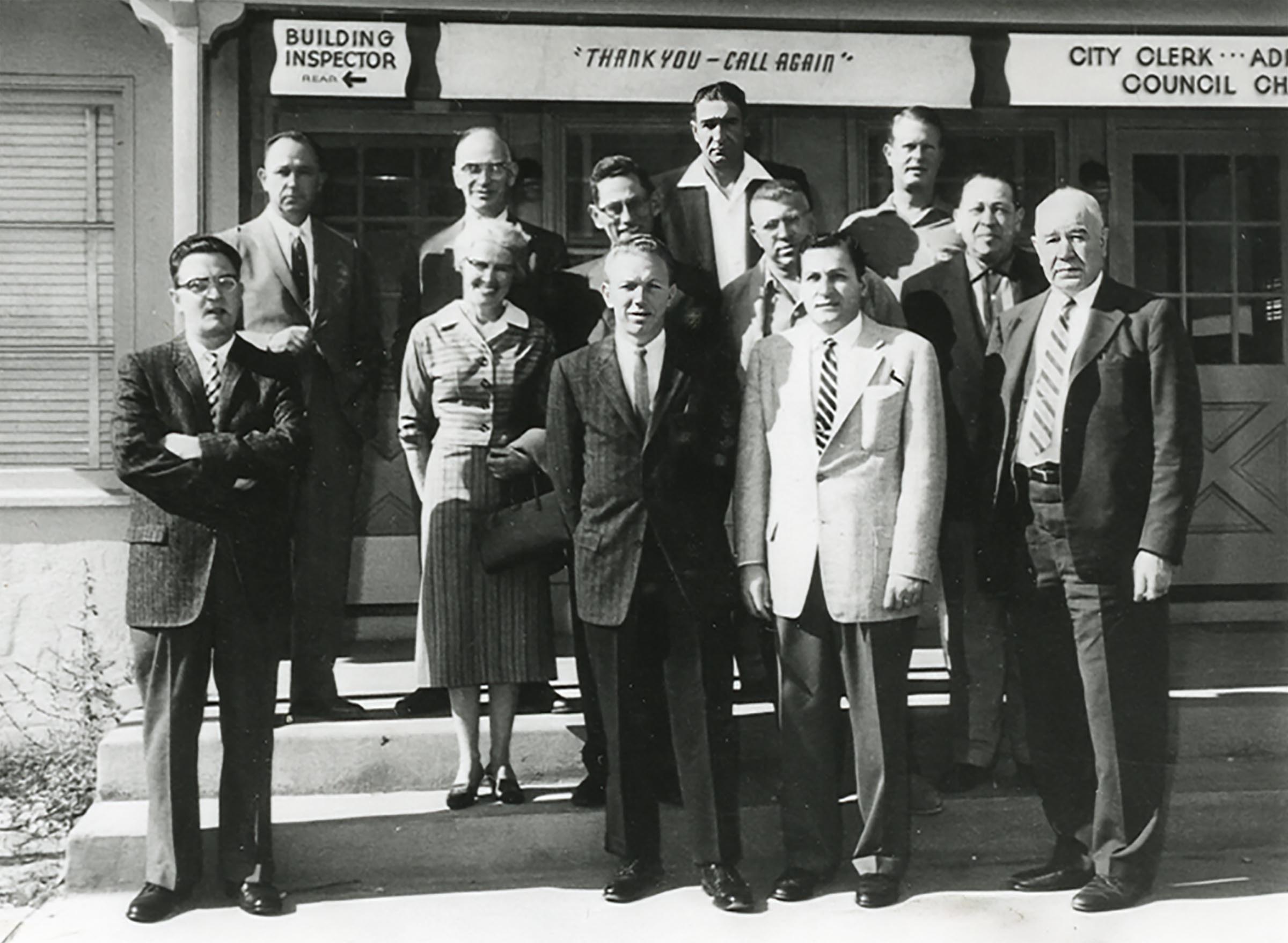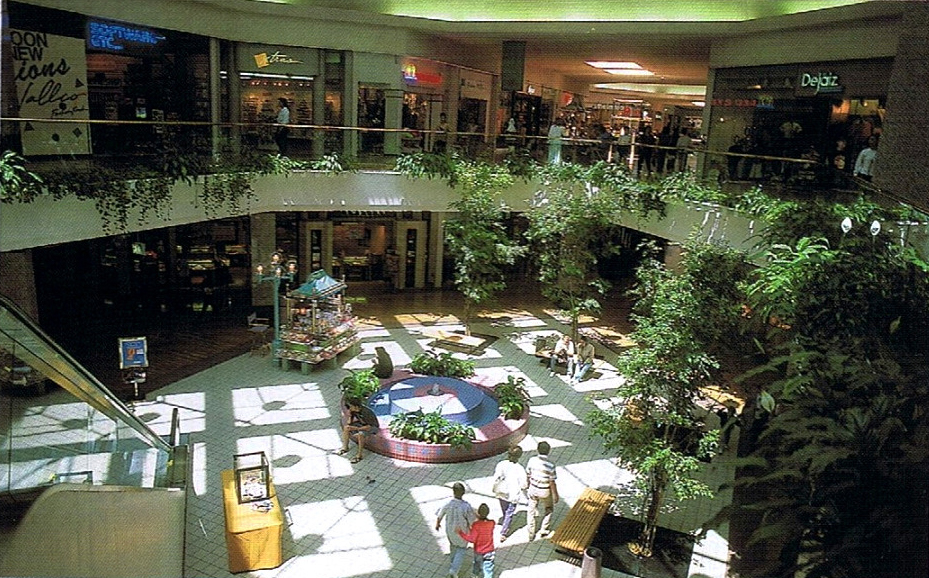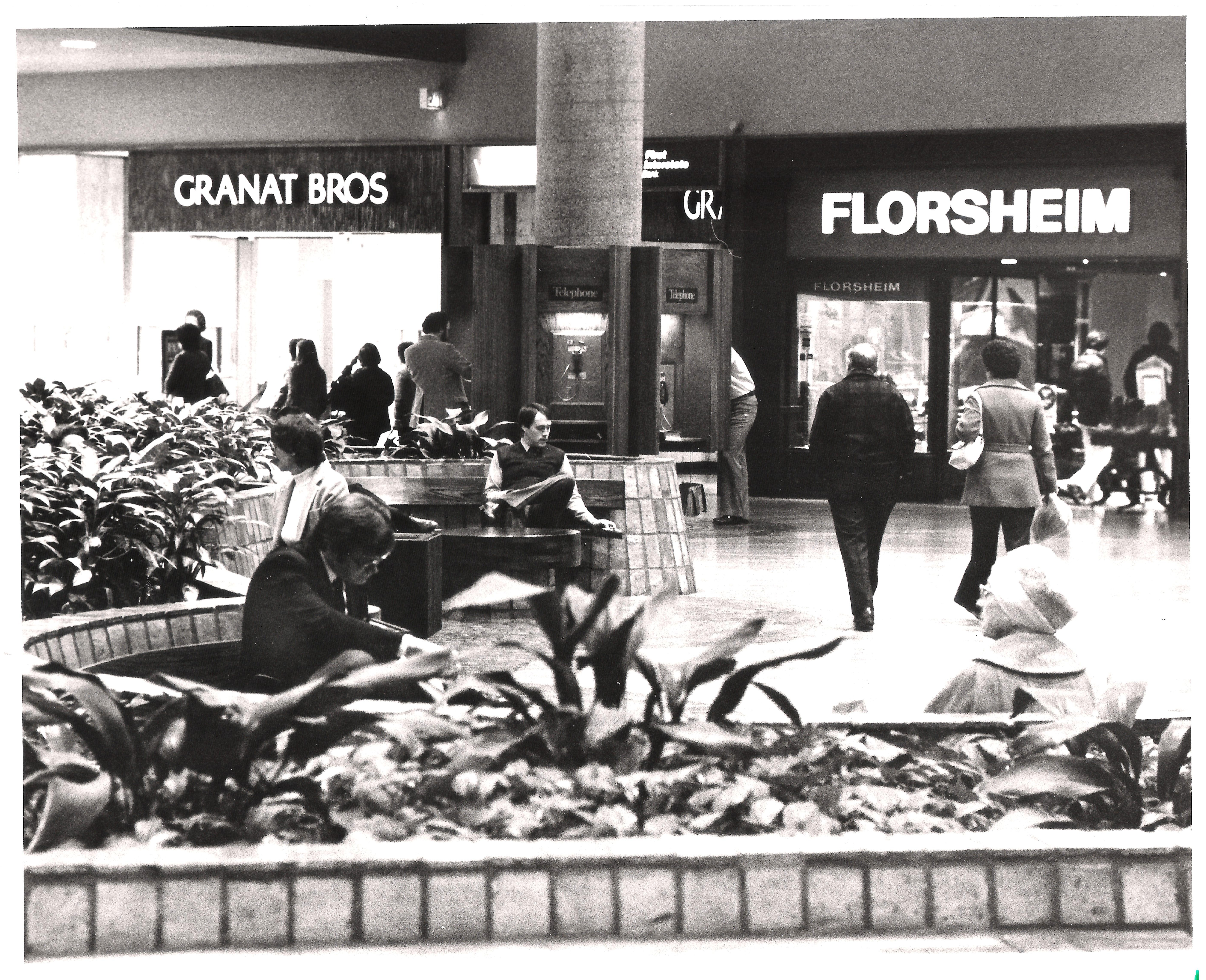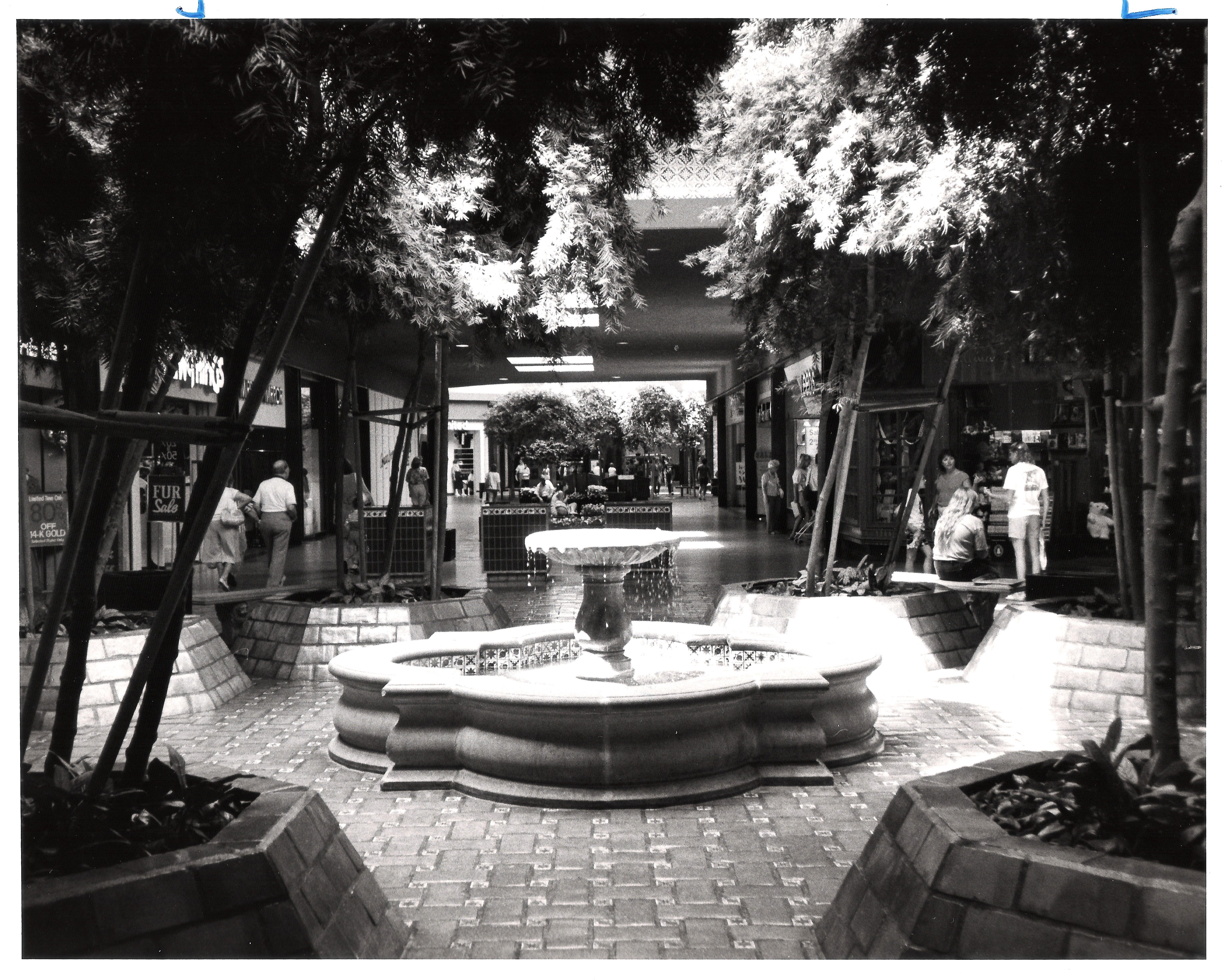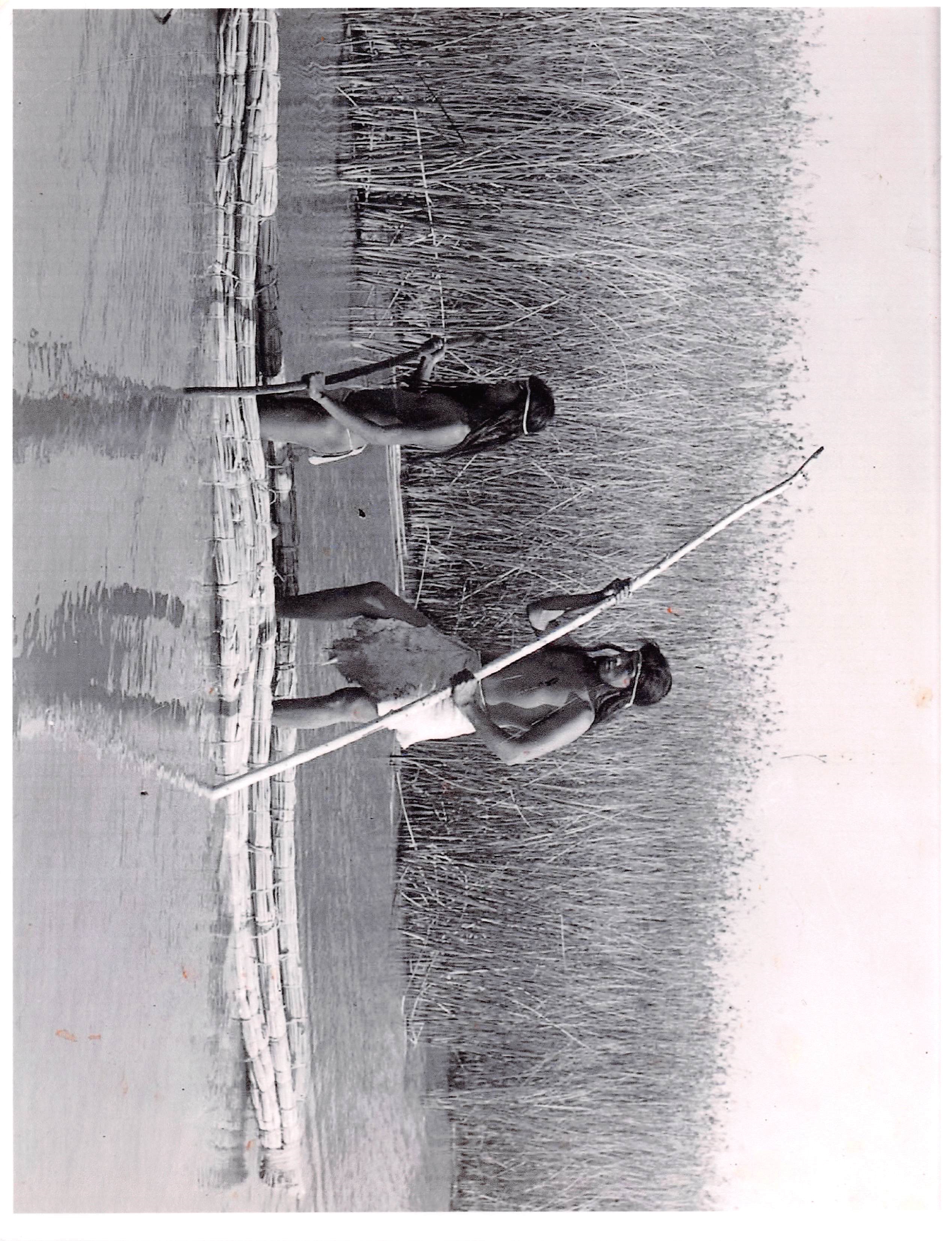Cupertino History
Cupertino 70th Anniversary (1955-2025)
On October 10, 2025, Cupertino celebrated its 70th year as the 13th incorporated city in Santa Clara county.
Originally called the “West Side“ in earlier years - Cupertino was an unincorporated area of the county without specific boundaries up until the mid-1950s.
Surrounded by the cities of Sunnyvale, Santa Clara, Los Altos and San Jose - all of which were eager to annex Cupertino’s orchards and farms.
San Jose was particularly aggressive and annexed unincorporated property all the way up to the east side of Saratoga-Sunnyvale Road (now De Anza Blvd.).
An early map shows the aforementioned cities as a giant octopus, its tentacles encircling the Cupertino area.
In 1954, a group concerned citizens formed the Cupertino / Monta Vista Improvement Association to gather support for incorporation for the Cupertino area.
The Association wanted the 1,476 residents (excluding Monta Vista) to vote to become their own town - with local control, their own say on development, and a self-determined tax structure.
Although the land was still mostly orchards and a few vineyards, the landscape was changing by the week, following the end of the World War II.
A huge migration of people was pouring into the valley, looking for land to build homes or buy already-built houses.
Most of the local fruit ranches were sold, a million trees uprooted, and subdivisions grew up almost overnight.
The new residents wanted housing, utility services, schools, space for businesses, parks, and better streets and roads.
It was the largest migration of people since the 1848-49 Gold Rush era.
On Oct. 10, 1955, residents voted. There were over 400 registered voters in the designated area.
Incorporation won by a very slim margin - 231 voted YES and 203 voted NO.
Monta Vista residents didn’t want to be included as part of Cupertino.
They wanted to stay with the county, since unincorporated zoning gave them a lower tax structure and lower building permit cost.
Cupertino’s first city council consisted of
Mayor Ralph Lindenmayer - local printer,
Warner Wilson - advertising executive,
John Saich - who continued in the orchardist tradition started by his father,
Anton Saich; Ivan Meyerholz – engineer,
and Norman Nathanson - local rancher.
From 1955 onward, the building industry transformed the 4 mile wide boundaries of newly incorporated Cupertino.
One of the very first businesses was Gemco (which pre-dated Target).
High school students by the dozens applied for after-school and weekend jobs at the new store.
By 1958 - 59, Cupertino had its own high school with several hundred students.
Between 1948 and 1961, some local students went to as many as 6 different schools as the student population boomed and district boundaries were re-drawn several times.
In 1972, there were 13,800 students from elementary schools through middle schools and two high schools in the Cupertino Union School District.
A major business milestone in the 1960’s was the creation of VALLCO Business & Industrial Park.
Twenty-five landowners (mostly former orchardists) had properties that were impacted. 17 of those landowners pooled their properties to form the park.
6 landowners sold their portions to Russel Varian of Varian Associates, an early tech company in the area.
The name VALLCO was taken from the first letter of the six landowner’s last names - Varian, Lester, Leonard, Craft & Orlando.
In the 1970’s the land for the business park became Vallco Shopping Center, the first indoor shopping mall in the Cupertino area.
In 1967, the 112 acres formerly owned by Cupertino’s first millionaire - Charles Baldwin - was purchased as the site of De Anza Community College.
The property had been known at “Beaulieu Winery” in the earlier 1900’s.
The Baldwin family home - “Le Petit Trianon” (a replica of the original in France) still stands on the college campus as the California History Center.
The need for advanced technology for the college was a factor in attracting tech companies to Cupertino.
Apple Computer - co-founded by Homestead High School graduates Steve Wozniak and Steve Jobs - first opened its doors in 1977.
There are Apple buildings throughout Cupertino (and Monta Vista). Apple’s spectacular “space ship” headquarters is on Homestead Road and Wolfe Road in Cupertino.
Other well-known tech companies in Cupertino are Fairchild, NetManage, Symantec, and Hewlett Packard.
It is amazing to contemplate that only 250 years ago, the local Mukwema Ohlone tribes were startled by the sight of men on horseback traveling near Stevens Creek on March 26-27, 1776.
The De Anza expedition priest & cartographer noted in his diary, “This place of San Joseph Cupertino has good water and much firewood, but nothing suitable for settlement…”.
The priest, Fr. Petrus Font, named modern day Stevens Creek “Arroyo San Joseph of Cupertino” after a saint from Copertino, Italy.
Today, Cupertino is an internationally known city with a growing and diverse population.
The city has world class schools, many tech businesses, good parks and open spaces for biking and hiking, beautiful wineries in the Monte Bello area and close proximity to Bay Area cultural attractions.
The climate is wonderfully temperate thanks to nearby mountains and the Pacific Ocean. Cupertino welcomes future generations and their contributions to this place that so many call “home”.
Happy 70th Anniversary, Cupertino!
Researched and written by Gail Fretwell-Hugger, CHSM Historian and Alecia Thomas, CHSM Collection Manager October 2025
